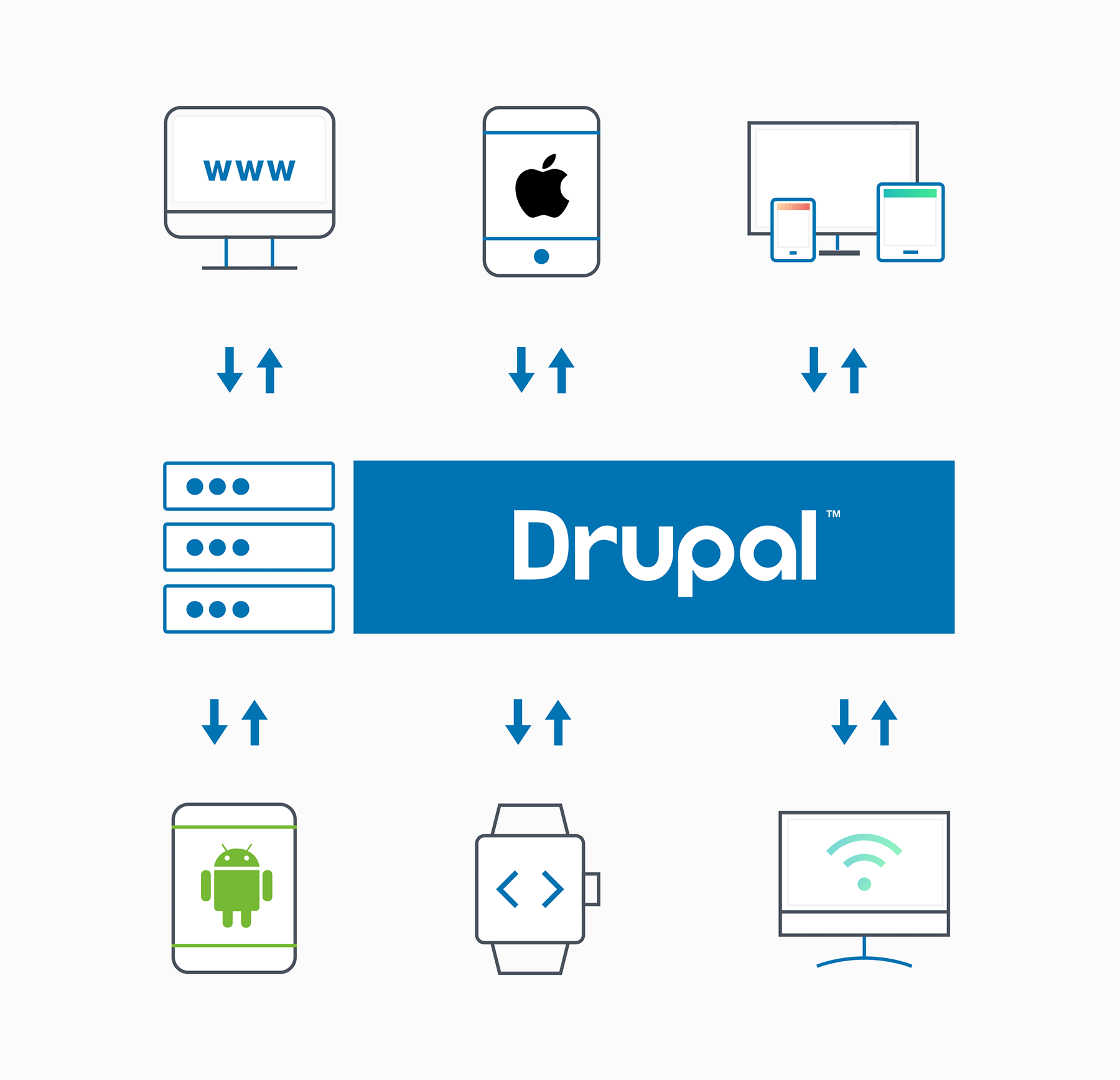
It publishes reusable content that is easier to share on a different channel maintains and is not hard-wired to the website design.One of the major players in the field of content management systems, Drupal is an excellent example of a multi-purpose system with a huge range of new functionalities, including a headless interface. Publish Reusable Content On Multiple PlatformsĬontent is expensive to create, hence it’s best to follow a structured content authoring approach (treating each content piece as a separate entity that can be independently updated and can be referenced at multiple places).ĭecoupled architecture creates a technical abstract between content management and the website backend. With this type of architecture we can benefit from : 1. In this case, the CMS provides content creators with ready-made templates and easy-to-use tools to create and publish content.Ī decoupled architecture allows each component to perform its tasks independently by separating the frontend from the backend, making their functionality more autonomous. Content creators can access easily configured pre-built templates for each unique channel when working on this type of architecture.įor companies with limited front-end resources, this makes it the best option, as Drupal technology support reduces the dependence on front-end engineers or designers to deliver content to different distribution channels.
#HEADLESS DRUPAL BENEFITS CODE#
In this architecture, the presentation and code layers are detached, and decoupled Drupal offers some notable advantages. In such cases, the overall cost of the website might turn out to be lower than if the Drupal website was being rebuilt. If the frontend is separated from the backend it is much easier to rebuild. Many websites, which have to maintain a fresh, modern look undergo a re-design every few years. Abstracting Drupal from serving the frontend, allows companies to be more dynamic in changing the frontend technologies, without having to rebuild or re-architect huge Drupal backends. The bigger the system one builds on Drupal, the greater the reliance on it. The microsites can be quickly created and closed whenever a need arises and the content can be contained in one content hub. In such a case, it might be easier to create one content engine (Drupal) which will deliver content to all the microsites.

one for each brand, event, promotion, country), but which will share a lot of content. Note that sometimes a company needs to create multiple websites which are separate (eg. They can build products for multiple platforms while drawing from a single repository.įurthermore, going headless is also a great security measure that minimizes the risks of distributed denial-of-service (DDoS) attacks and malware threats. In addition, your teams can work independently while creating content for a robust product. With a Drupal headless architecture, your developers can also innovate, i.e., change the front-end without touching the back-end, saving your team time and money.
#HEADLESS DRUPAL BENEFITS ANDROID#
Because it delivers content through an API, Drupal headless can deliver your content to any device: an iOS or Android app, a kiosk, or a virtual reality (VR) headset. Benefits of the Drupal Headless conceptĬompared to a decoupled system, headless Drupal offers more flexibility, agility, and performance. In the following paragraphs, we will try to provide some ideas on the difference between these two Drupal concepts, and then you will have a good idea of what architecture to set up for your future web project. Choosing the best structure for your organization will ensure that you not only get what you want, but also what's best for your entire team - editors, developers, designers, and marketers. It's important to know the difference between decoupled and headless Drupal architectures, the pros and cons of each, and when headless Drupal is the right choice for you.

Hence the need to redefine your digital properties. The concept of decoupled Drupal and headless Drupal is becoming more and more popular within the Drupal community. Some argue that a headless Drupal CMS architecture is better for everyone, while others believe that the traditional CMS architecture is much less cumbersome. Companies using Drupal are now looking for the agility and flexibility that decoupled and headless Drupal solutions offer.


 0 kommentar(er)
0 kommentar(er)
